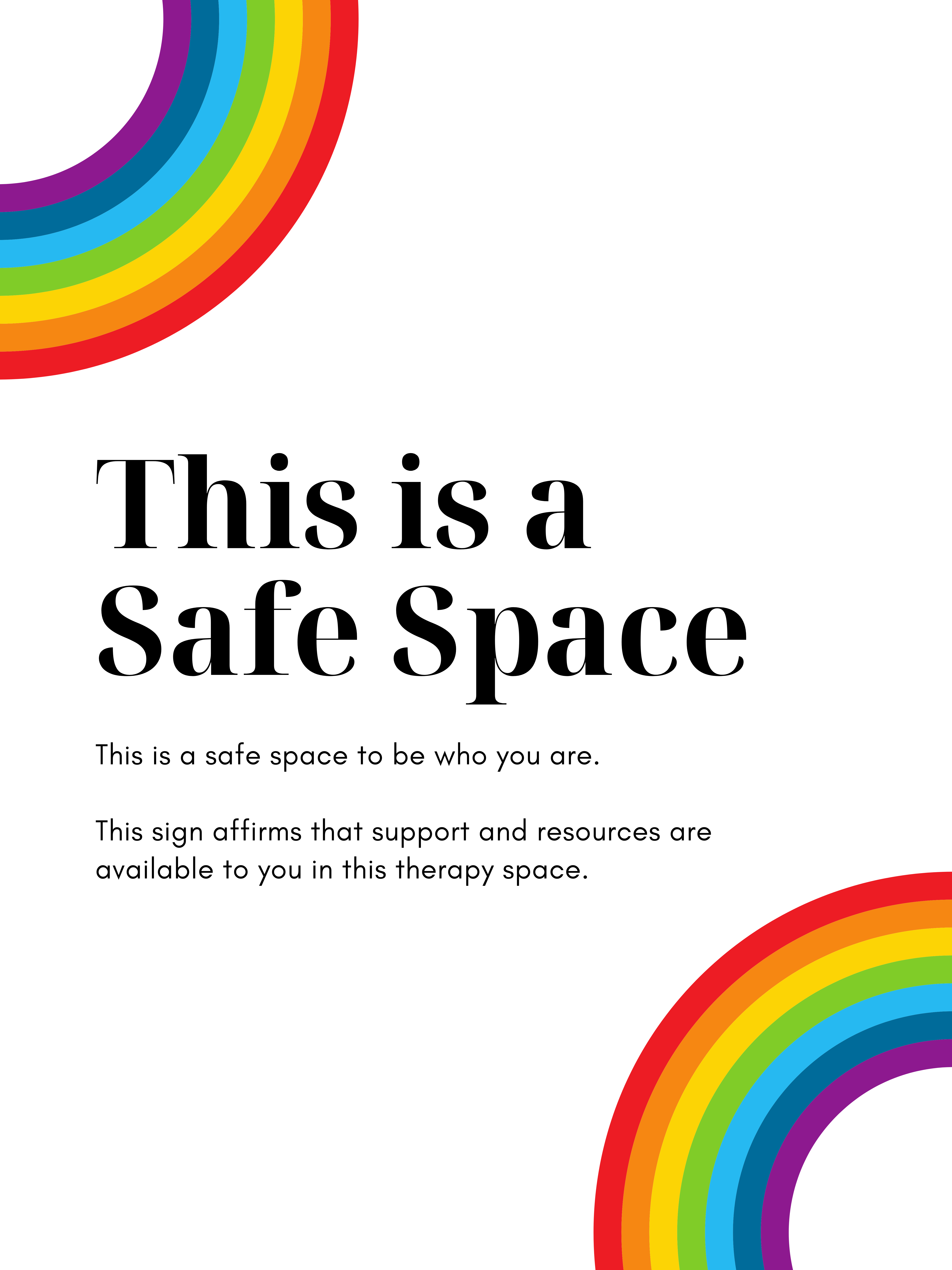June is PRIDE month! I am taking this opportunity to highlight an issue very particular to the transgender community: 20% of transgender individuals have Autism Spectrum Disorder (ASD).* That is 200 times the occurrence in the general population.

This is a critical matter for anyone seeing transgender youth in particular, as currently, there is a 9% chance that a transgender adolescent who is also on the autism spectrum will achieve independence as an adult.
This news is very grim, but important to know. It is a clinical emergency, not only for the youth, but also for clinicians.
While it is unclear why the incidence of ASD is so markedly higher in the transgender community, we know that both gender and ASD begin to develop in utero. To add to the diagnostic puzzle, there are often shared experiences among members of transgender community that make ASD harder to detect. Reports of always feeling different, getting bullied, having poor self-esteem, having difficulty in communicating, and having high levels of anxiety is common in both spectrum experiences.
During intake, whenever I hear from a parent, or by self-report, that a trans individual is “lazy,” “melts down at the end of a school day,” “is on the computer all day,” or “has no friends,” I pay close attention and ask for other details as therapy continues. I look for the reasons behind all of these concerns, and do not accept it as “typical teen behavior.” I know that any of the above presentations can mean more reason for concern, so being a good detective can make all the difference in a young person’s life. For example, it takes an extraordinary amount of energy for a person on the spectrum to synchronize environmental input all day long. After being in a noisy setting, full of students, keeping track of an enormous amount of non-verbal cues, and figuring out what to do in response, a person with ASD will be exhausted, cranky, and may, indeed, melt down when getting home from school. They will not be motivated to do chores. They may go online to connect with peers differently, and more successfully, because there is no overlay of environmental input to sort out.
During adolescence, independent skills are put together for adult life. It’s the job of the adolescent to take in information from all of the resources in their life and emerge as their beautiful, independent self into adulthood! Here lies the problem: youth on the autism spectrum often are not influenced by social context, have poor social judgement, and trouble managing executive functioning skills that are needed for everyday tasks and successes. These are all high-risk factors that may put them in danger. It is more likely that a person with ASD will not have the necessary “radar” to gauge safety issues in the community. A trans youth with ASD is at a very high risk to be taken advantage of, violently assaulted, or victimized in other ways.
Making matters more challenging is also managing the smaller “nuts and bolts” of everyday living, such as money concepts, managing time, basic household tasks, etc. There can be little flexibility to “go with the flow.” This is not about IQ points, but rather understanding the world outside of the neurotypical view.
The clinician has to build with the client a plan for how they can best achieve ideas, goals, and skills needed for the future. There are many approaches to enhancing a client’s existing strengths. Finding a way to tap into those strengths may be through art work, journaling, music, structured interventions, or relating one-to-one. There is the challenge of teaching, modeling, and growing necessary components to help this young person navigate their lives toward successful and independent adulthood -- a daunting task!
As clinicians, it is our ethical duty to become informed about ASD when treating transgender youth. It is not enough to be an affirmative clinician, or a clinician well-schooled in ASD. We need to lean on each other to grow our skills to meet this critical situation. We need to consider sharing cases in a way that can give our clients the best shot they may have for a life of self-pride!
It is an honor to work with transgender youth who are also on the spectrum. If you are lucky enough to have this individual share their world, the experience can be unique, and exquisite. I admire the perseverance, and resilience in each person I have had the pleasure to work with in my practice. Each one of them needs to be celebrated for who they are, with differences that give our world texture, and uniqueness that can open our eyes to new ways of seeing our world.
*Strang, John, PsyD, “Clinical Considerations for co-occurring Autism Spectrum Disorder and Gender Diversity,” Children’s National Medical Center, The George Washington University, Washington, DC. Presentation January 2018.
